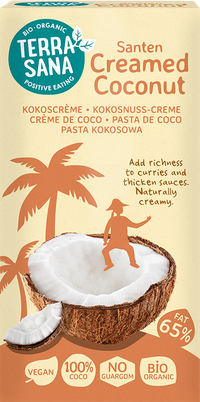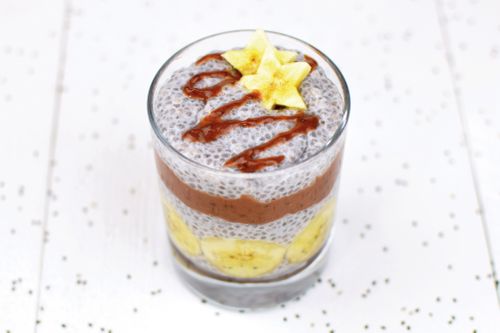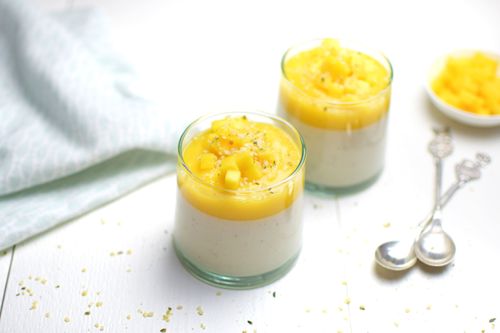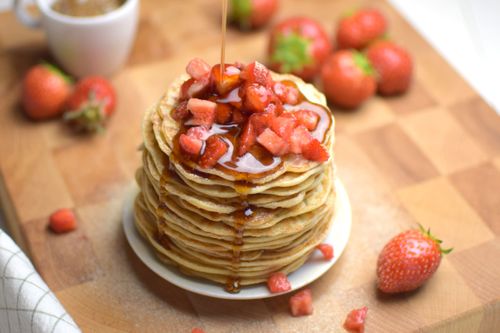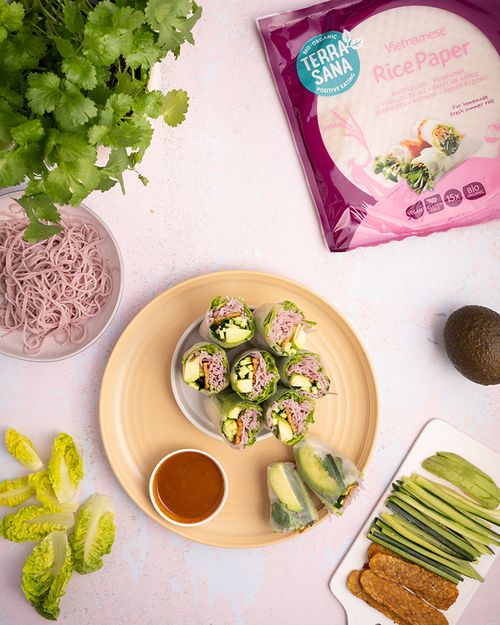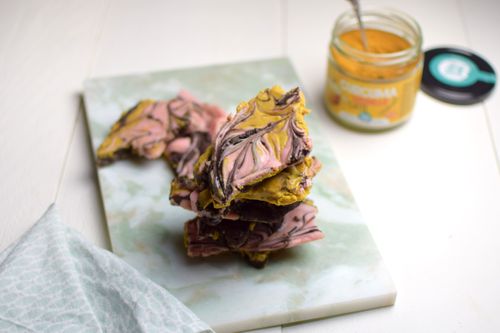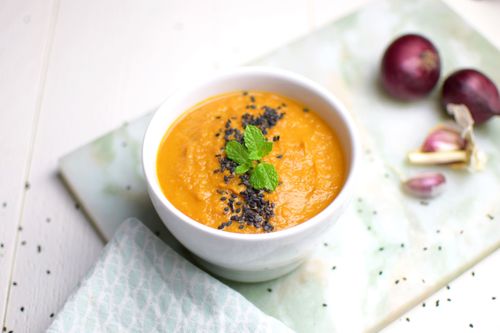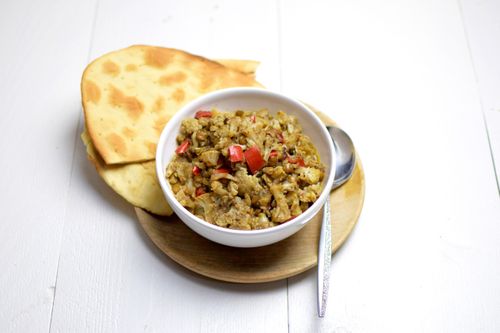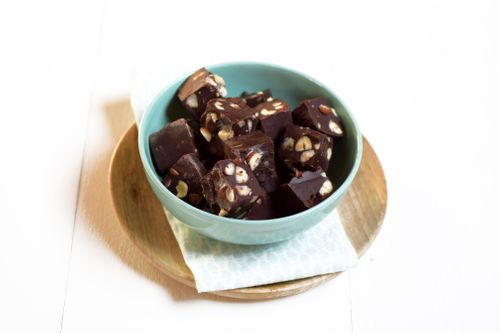What is santen and how do you use it (for homemade coconut milk)?

What is santen?
Santen is Indonesian or Malay for coconut cream, coconut cream or creamed coconut. It is 100% made from the pulp of coconut and looks like a block or thick paste. Santen is very creamy and has a rich coconut flavour. A common ingredient in Asian cuisine, they love it especially in Indonesian and Malaysian cuisine.
What is the difference between santen and coconut milk?
The difference between santen and coconut milk is in their thickness and concentration. Santen is nice and thick (almost hard) and concentrated because no water is added. The natural fat percentage is therefore also much higher: santen consists of 65% fat. Coconut milk, on the other hand, is liquid and is made by mixing coconut with water. This makes it easy to use, as all you have to do is pour it into your curry or smoothie. Coconut milk usually contains between 8% and 22% fat. With santen, you can easily make your own coconut milk by diluting it with water.
Why buying santen is a sustainable choice
That you are being sustainable when you buy santen may not be something you 123 think about. Still, when you choose santen, you are making a sustainable choice. And no, we are not just talking about you choosing organic santen, although that too is a sustainable step.
The sustainable advantage of santen is in the water. Or rather in the lack of water. Whereas a can of coconut milk always contains added water, santen consists of 100% coconut. This has a big sustainable advantage: no water needs to be shipped. That saves a lot of weight and volume on all those cans of coconut milk that go through every year. Good for the environment and nice for the earth!
How do you use santen?
As versatile as coconut milk, you use santen in anything that could use creaminess. Going to use santen? Then consider these options:
- Dilute with water for homemade coconut milk (100 g santen + 200 g water)
- Let melt in sauce or curry (dilute with water if necessary)
- Add as an alternative to butter or oil in cakes, muffins or biscuits
- Add a chunk of santen to a hot drink (coffee, chocolate)
How to make coconut milk from santen?
You can easily replace coconut milk with santen and water. Handy if you don’t have a tin of coconut milk to hand for a while.
What do you need to make your own coconut milk? Grab your block of santen, a bowl of warm water and a fork to mix with. You gradually add small pieces of santen to the hot water and stir until it is completely dissolved.
How much santen do you use for 400 ml of coconut milk (1 can)?
How much santen you need for 400 ml of coconut milk depends on how fatty (creamy) you want the coconut milk to be. From experience, we know that for curries and sauces, a ratio of 1:1 (water : santen) works best.
Making your own coconut milk? Choose your favourite creaminess:
Light coconut milk (about 11% fat) = 325 ml water + 75 g santen
Pure coconut milk (around 22% fat) = 265 ml water + 135 g santen
Creamy coconut milk (around 33% fat) = 265 ml water + 135 g santen
3 ways to use santen
- Add santen to curries, sauces, soups and stews for extra creaminess and and flavour.
- Use santen in desserts such as puddings and porridge, biscuits, cakes and tropical cakes.
- Make exotic drinks like piña coladas, smoothies or add it to your coffee or chocolate milk.
Is santen vegan?
Good news if you eat vegan: santen is completely plant-based and therefore vegan. Santen contains no animal products. In fact, this coconut cream is the perfect substitute for many animal products, such as cream and butter. So santen is simply übervegan!
How long can you store santen?
Santen keeps longer after opening than coconut milk. In the fridge, in an airtight box, santen will keep for up to 30 days. You could even try freezing it. That’s a real advantage over coconut milk, as you usually have to use it up within 5 days when opened anyway.
Where does the coconut come from?
Our coconut is harvested in Sri Lanka, the country where our santen is also made. No, this farmer absolutely does not use monkeys during the process. In Thailand, this is sometimes (often) the case, but this Sri Lankan project is very social and likes to do what is best for the planet: people and animals. Read more about where we get our coconut from in this article.
